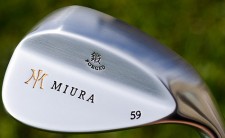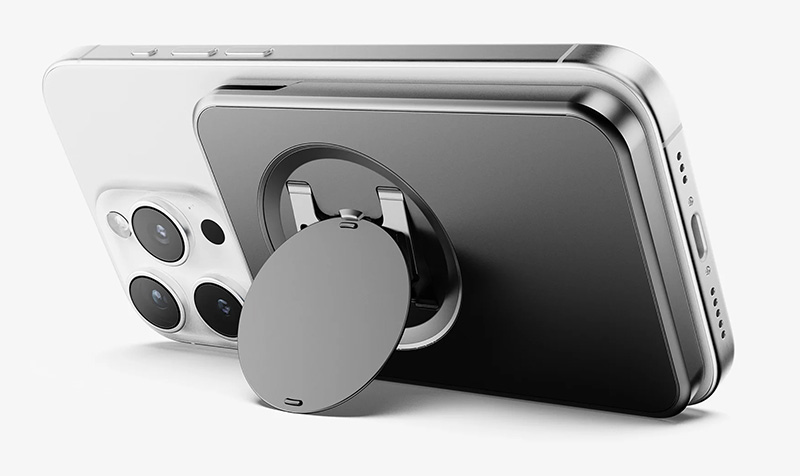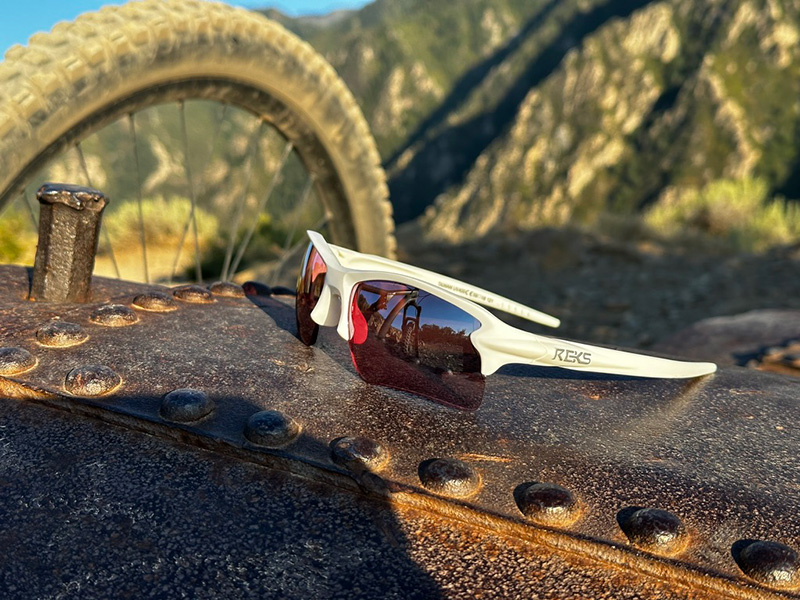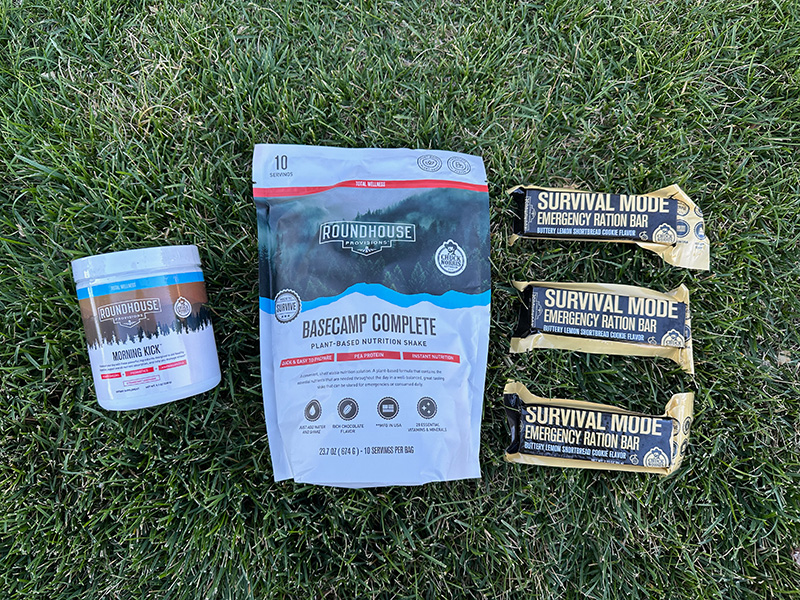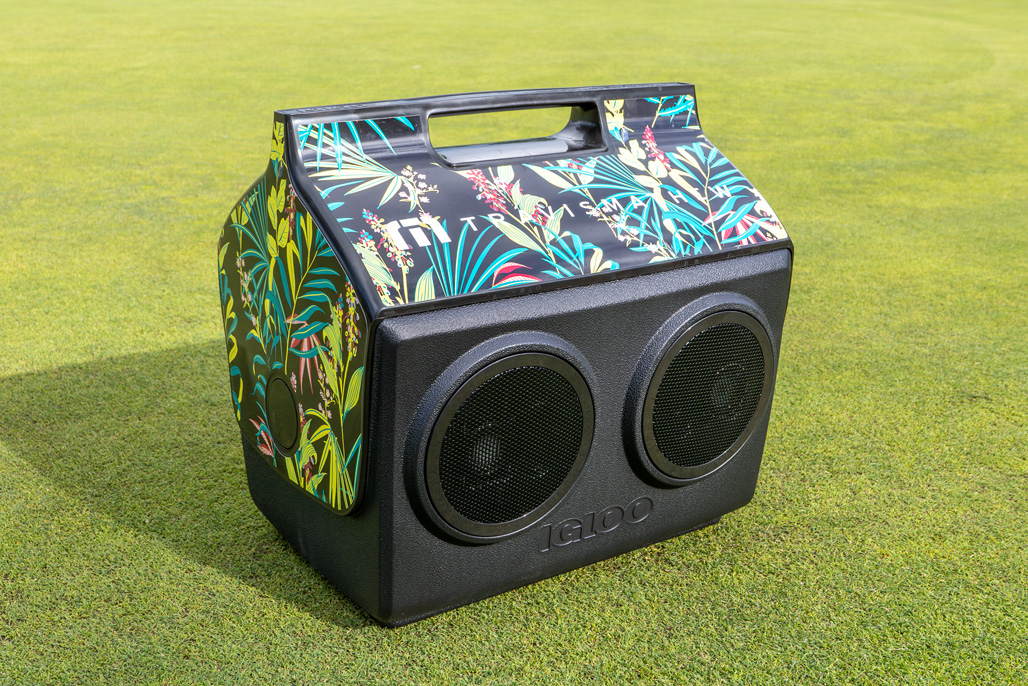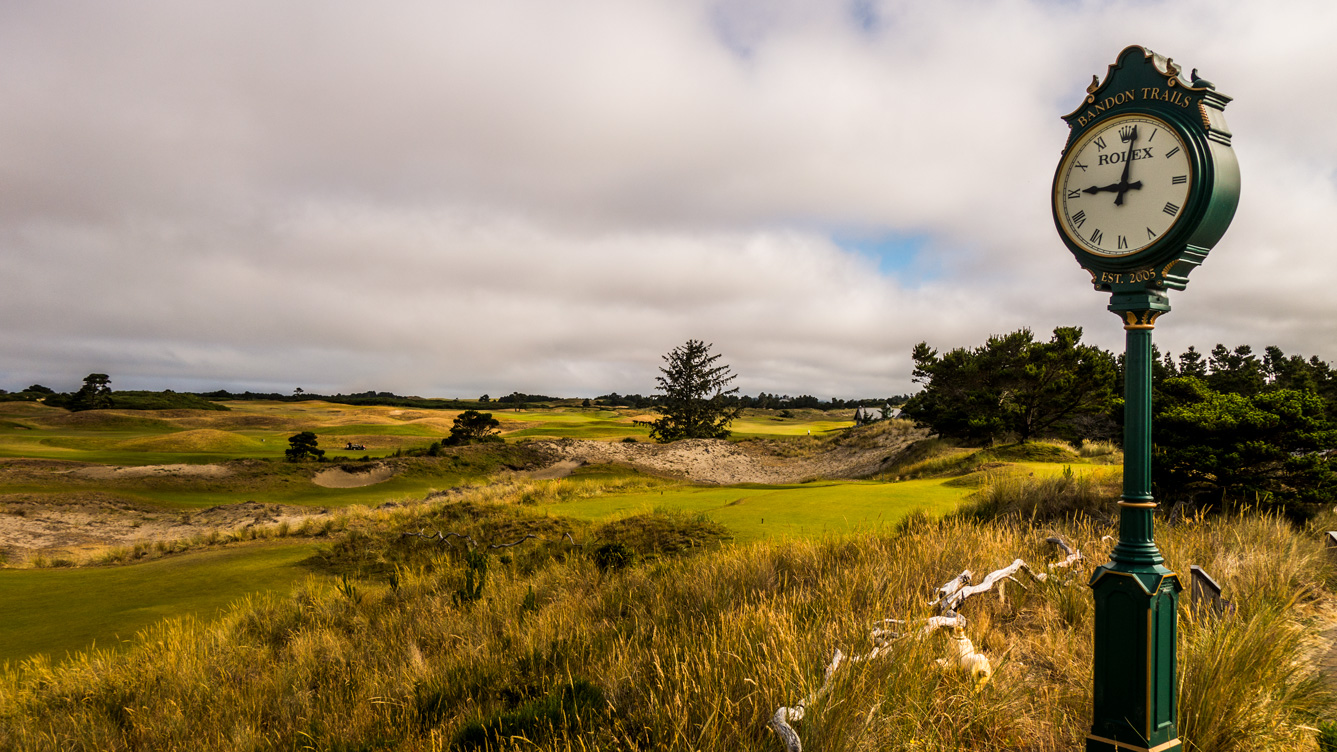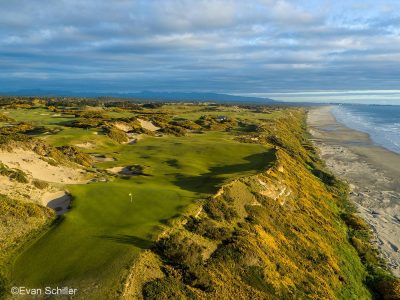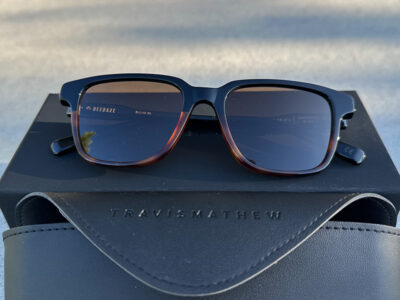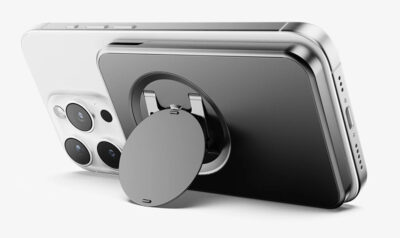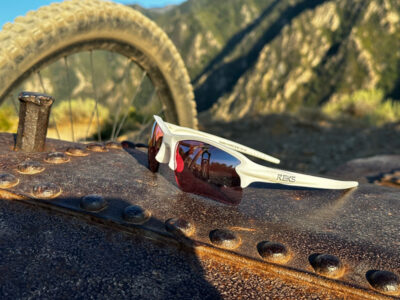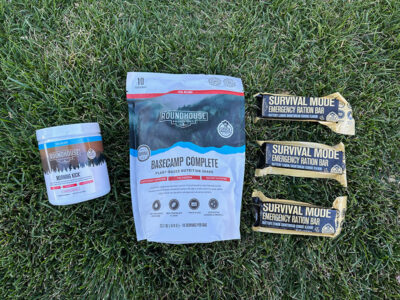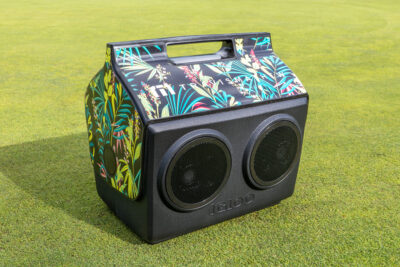Interview: 9 Holes With Miura Golf President Adam Barr
Categories: Golf Clubs • Golf Equipment • Golf Gear • Interviews
I’m happy to present an interview with Miura Golf’s President Adam Barr. You may remember Adam from his years as a broadcaster with Golf Channel. In this interview we discuss Miura and specifically the Miura New Wedge Series which I just reviewed in the previous golf blog post. I do my interviews in nine hole segments; nine questions. Today’s course of choice is the New Course at St. Andrews, designed by Old Tom Morris and opened in 1895. That’s why the holes are so short…
Hole #1 – Par-4 – 336 Yards
TK: Adam, thanks for taking the time to do nine with Hooked On Golf Blog patrons today about Miura and the New Wedge Series. We will start with some background. Tell us about Miura for those who are not familiar with the company.
AB: 336? Can I hit 3-wood? Actually, I want to hit as much club as possible here. Miura is a family company in Japan. Founder Katsuhiro Miura, an expert in club forging and grinding for more than five decades, and his two sons forge the world’s finest irons, wedges and putters at our company’s one factory and forge in Himeji in central Japan. We also have a full line of drivers, fairway woods and hybrids designed by the Miuras and made under their supervision. Mr. Miura is to club grinding as Julia Child was to cooking or Isaac Stern was to the violin — far and away the world’s master.
Hole #2 – Par-4 – 367 Yards
TK: What does Miura do differently than other golf club manufacturers that sets them apart?
AB: Instead of forging the entire golf club head, including the hosel, at one time, we forge only the heel-to-toe portion first. This prevents the grain from being stretched up into the hosel area. Forging the whole head at once would increase the chance of little bubbles and voids in the grain of the steel, and that could lead to “clanky” impact. Instead, the heel-to-toe portion — the business end of the head — is forged with perfect grain structure, and the hosel, made of the same steel and perfectly straight, is welded on by a special process called spin forging. The seam is finished off, and the club operates as if it were always one piece. You can see a demonstration of this on our YouTube channel in this video.
The resulting grain structure in the club head is more comparable to a jar of sand than, say, a jar of marbles. That’s the crucial element in the otherworldly feel of impact in a Miura club.
Hole #3 – Par-5 – 511 Yards
TK: You were a golf journalist at GOLFWEEK and then a broadcaster at Golf Channel for a while. What was the transition like going from golf media to being president of a golf company?
AB: Well, it’s no longer a deadline world. On the corporate side, there are more concurrent projects going on; you push the boulders a little further up the hill each day. It’s not as frenetic as media, for sure. But there are similarities: my primary job is to communicate, with all that entails — knowing your audience, making the message compelling, adjusting to circumstances, being responsive and following up. So overall, media was good training for the corporate world. And the fact that I can make the company videos doesn’t hurt.
Hole #4 – Par-4 – 369 Yards
TK: Being a Japanese company, what are the challenges you’ve had to face working for Miura?
AB: Naturally, there is a language barrier. I have studied some Japanese, but my abilities are very rudimentary. The key challenge is cultural. The Japanese — most Asian cultures — simply do business differently that western cultures. Patience is vital; meetings can involve long silences, but this doesn’t mean things aren’t going well. But on the whole, we have been able to bridge language and cultural divides to form a very satisfying relationship. I like being around the Miuras; I always learn something, and they’re also fun to play golf with.
Hole #5 – Par-3 – 180 Yards
TK: I had to chuckle when I found out that the name of the new wedge series was, “New Wedge Series.” What’s the deal with the name? No model numbers?
AB: Nah. We tend not to stand on ceremony about such things. We simply called it that to differentiate it from our Old Wedge Series.
Hole #6 – Par-4 – 445 Yards
TK: The New Wedge Series has some unique lofts, all odd numbers. What is the story there?
AB: Well, of course, they’re all bendable back or forward to even lofts if necessary. But we found out from our dealers that in most cases, it’s easier to gap wedge sets that have odd lofts. With many of our pitching wedges at 47 degrees standard loft, the odd lofts work out well in most cases. But if they don’t, dealers can adjust.
Hole #7 – Par-4 – 356 Yards
TK: Having played this wedge now for a while, I can attest to the bounce of the club. I can’t quite explain it, but it seems to get under the ball perfectly, even on tight lies. On my old wedges some took too much turf and some bounced too much. Tell us about the bounce of these wedges and their design.
AB: The overall sole design is something the Miuras spend a lot of time on, both in the design stage and in prototyping — naturally, because of its importance in turf interaction. The bounce gets a lot of refining as the dies are made because we understand that golfers play over a lot of different kinds of turf, so we need to come up with a shape that will get the junk out of the road on the way to impact but not bump the leading edge up into the belly of the ball.
Hole #8 – Par-5 – 481 Yards
TK: A friend of mine keeps saying “Japanese Steel” every time I hit my wedge. Is there a difference between the materials used in these wedges or Miura’s clubs in general, versus other golf clubs? How about the shafts too?
AB: No significant differences in the steel we use….it’s more a matter of what we do with it, as mentioned above. The steel is low-carbon, meaning 4 percent or less. That keeps the steel strong enough to hit a ball with, but still malleable enough to bend for loft and lie — all without being brittle. As for the shafts — we have models we like, but that choice is really up to the authorized dealer/fitters and their customers. Our clubs are almost all custom fitted, so any number of shafts can end up in them.
Hole #9 – Par-3 – 225 Yards
TK: Thanks for spending some time with us today Adam. What can we look forward to in the future from Miura?
AB: As for product plans, I can’t divulge yet. But as for communication, much more in addition to the stepped-up pace we began two years ago when I started. We began a concerted social media campaign on the usual outlets early in 2012. We started gathering a golfer database too; golfers can sign up for news about Miura and golf equipment in general by going to www.MiuraGolf.com and using the sign-up box on the home page. And I’m available for questions and comments any time through our website: info @ miuragolf . com. I answer every one; I’m pretty sure I’m the only golf equipment industry exec who does.
Hang on, lemme count my putts….


